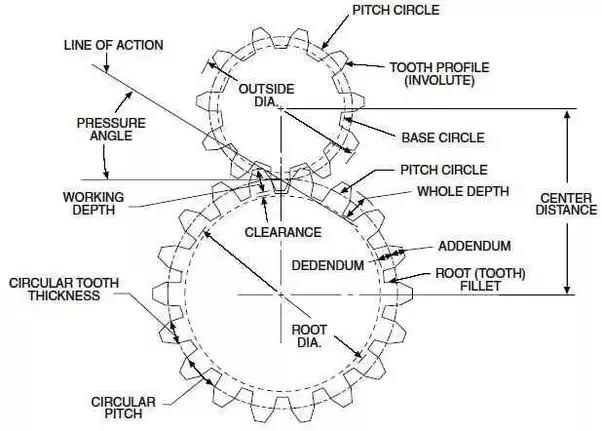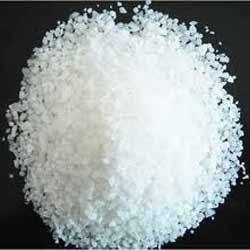Meta TechX Engineers:
In the vast field of mechanical engineering, gears play a crucial role in transmitting motion and power between two or more rotating shafts. The design of gears has evolved over the years, leading to the development of advanced techniques that optimize their efficiency and performance. One such technique is the implementation of modules in designing gears. In this article, we will explore the concept of modules and their significance in creating gears that meet the highest standards of precision and reliability.
What is a Module in Designing Gears?
A module refers to the basic unit of size in gear design. It represents the distance along the pitch circle diameter that corresponds to the engagement of one tooth on a gear. By establishing a standard module, engineers can ensure compatibility and interchangeability of gears within a given module system.
Why Are Modules Important in Gear Design?
- Universal Compatibility: The use of modules allows gears produced by different manufacturers to work together seamlessly. This interchangeability is particularly vital in industries where multiple machinery components need to be sourced from various suppliers.
- Efficiency Enhancement: By adhering to a specific module, gear designers can optimize the meshing of gears, minimizing the transmission losses that occur during power transfer. This results in increased overall mechanical efficiency and reduced energy consumption.
- Ease of Maintenance: Gears with standardized modules make maintenance and replacements more convenient. The availability of off-the-shelf gears within a particular module system ensures a quick and hassle-free repair process.
How to Determine the Module for Gear Design?
Determining the appropriate module for gear design involves considering various factors and calculations based on the specific application. Here are the key steps to follow:
- Identify the Gear Type: Different gear types, such as spur gears, helical gears, and bevel gears, may have unique considerations when selecting the module. Each gear type has its own characteristics and requirements that influence module selection.
- Calculate the Gear Ratio: The gear ratio determines the relationship between the rotational speeds of mating gears. By knowing the desired gear ratio, engineers can determine the module that ensures optimal tooth engagement for efficient power transmission.
- Consider Strength and Load Distribution: The module should be chosen to achieve a balance between gear strength and load-carrying capacity. A sturdy design ensures that the gears can withstand the applied forces without premature failure.
- Account for Space Constraints: The available space in the application equipment must be taken into account when determining the module. Designing gears that fit within the available dimensions is crucial for the successful implementation of the gear system.
Are There Different Module Systems?
Yes, different countries and organizations have established their own module systems. The two most commonly used module systems are the Metric Module System and the Diametral Pitch System.
Metric Module System: Widely adopted in Europe and most of the world, the Metric Module System uses millimeters as the unit of measurement. The module is determined by dividing the pitch circle diameter (in millimeters) by the number of teeth.
Diametral Pitch System: Predominantly used in the United States, the Diametral Pitch System employs inches as the unit of measurement. The diametral pitch represents the number of teeth per inch of pitch circle diameter.
It is important to note that when working on international projects or collaborating with manufacturers from different regions, engineers must ensure compatibility between the chosen module system and any existing components.
Conclusion
As we have explored in this article, the use of modules in designing gears is essential for achieving compatibility, efficiency, and ease of maintenance. Determining the appropriate module requires considering various factors, such as gear type, gear ratio, strength requirements, and space constraints. By adhering to standardized module systems, engineers can confidently design gears that meet the highest standards of performance and reliability, ensuring the smooth operation of mechanical systems in numerous industries.




